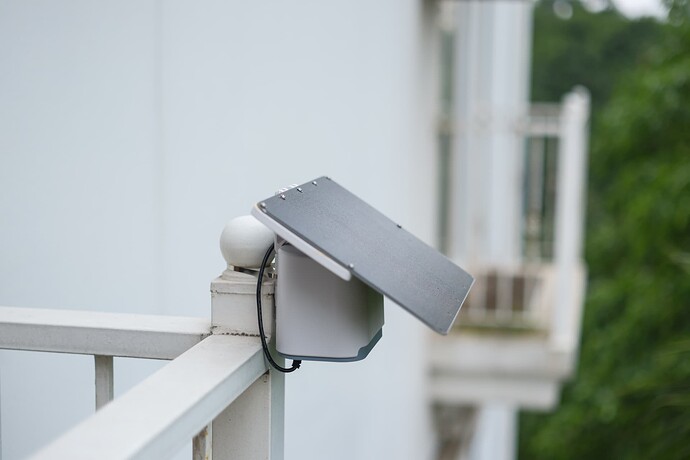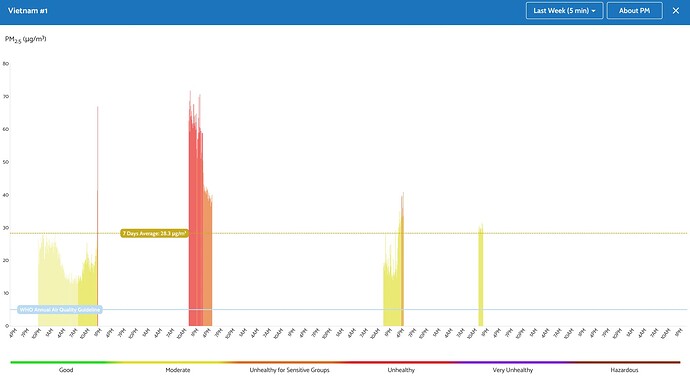A few years ago, I had the chance to try the AirGradient ONE (indoor monitor) and Open Air (outdoor monitor) and I quickly became a fan of the devices. While I liked the devices themselves (especially the open source element of them), I appreciated the company’s mission even more. Not only are they committed to transparency and open source, but they also really focus on community. In fact, they impressed me so much with these values that after trying the devices myself, I decided to begin working with the company.
So, please consider this a disclaimer. I do now work with AirGradient, but I only accepted working with them on the premise that I’m allowed to stay transparent and honest - something which they were more than happy to accomodate and even encourage.
For this reason (and because I’m looking forward to the new improvements), I am excited to discuss the upcoming Open Air Max. This new air quality monitor is designed to be a ‘professional’ alternative to the original Open Air. How is it more ‘professional’ you may ask? Well, here are a few changes:
- Added an additional Plantower PMS5003T particle sensor for redundancy (with the original Open Air, you had to choose between EITHER 2x Plantower sensors, or 1x Plantower sensor and 1x CO2 sensor).
- Comes with an included solar panel.
- Comes with cellular connectivity (included SIM).
- More accurate temperature/RH readings due to an external temperature probe and SHT40 module being used.
You can read more about the Open Air Max here: The First Professional-Grade, Affordable Air Quality Monitor
Of course, this means the monitor is more expensive - the expected price is $395 (USD). However, this makes it only 25% or less more expensive than some other outdoor options but with a few advantages. There will also be a second monitor with NO2 and O3 sensors available, but this will cost significantly more at $990. While some consumers may be interested in this device, it will mostly be focused on more professional markets.
The two monitors are set to be released in the next few months and I just recently received one device to test myself. While it’s still a pre-production model, I’m excited to share my thoughts here.
My Open Air Max is currently deployed in Hanoi, which, unfortunately, is one of the most polluted cities in the world as of the time of writing. It will be a good test for the device, and should be well-suited to the solar update.
I will continue to share my thoughts and experiences with the device in this thread until my review (or perhaps just an article - I’m still trying to figure out how to best introduce this device while trying to remain as unbiased as possible) is complete. If you have any questions, please don’t hesitate to ask here!


